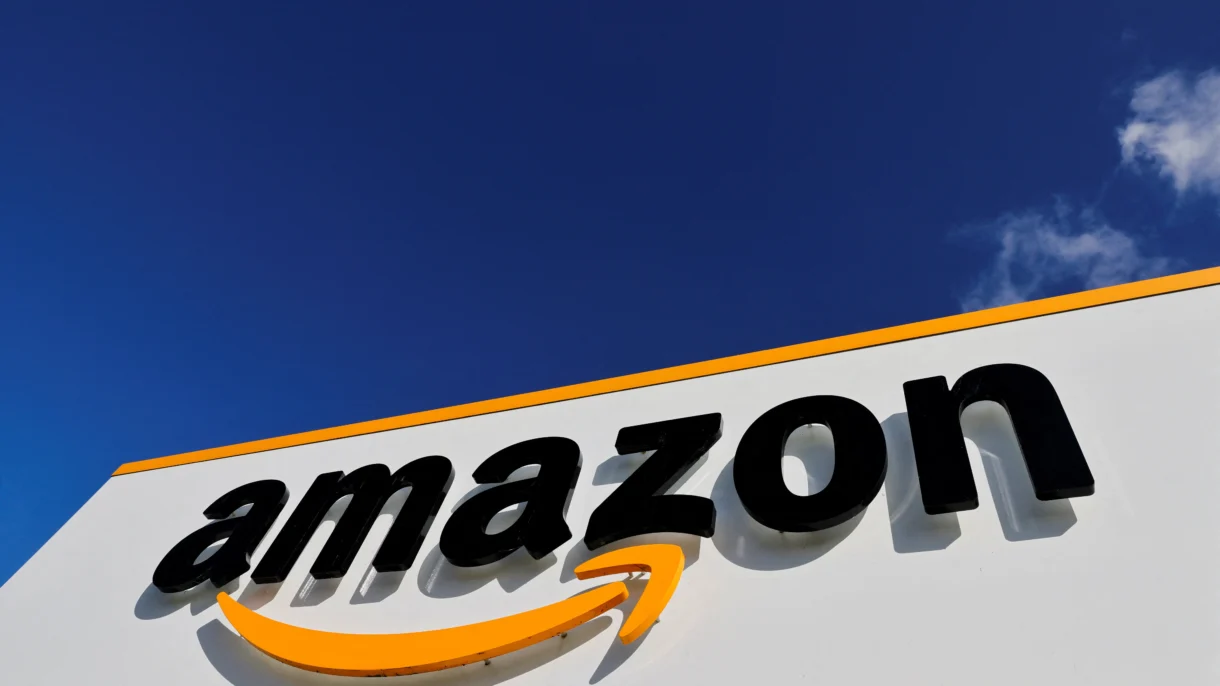From selling books to DVDs, electronics, and now nearly anything, including groceries, can be found on the site. Amazon has a 12 million product inventory that is growing by the day. Jeff Bezos, the founder of Amazon, not only used technology to create an online platform that made it easier for shoppers to shop electronically and at low prices, but he also created a platform that would introduce, sell more, and sell further for many small and large businesses, regardless of where they were located. Many Amazon sellers don’t even have a physical location; they just sell online.
According to (Greenspan, 2019), Amazon used Porter’s Five Forces analysis to identify rivals who were direct and indirect competitors. As a result, the focus is on the threat of new entrants, buyer bargaining power, replacement products or services, supplier bargaining power, and rivalry among current rivals. It may be nearly hard to replace or overtake Amazon in the online retail market today, given the prospect of new competitors. Furthermore, Amazon’s operations are “Data-Rich,” allowing them to process information that helps them to expand into new markets and achieve enormous success.
The Four (4) Key Strategies Amazon Used:
- Regularly entering into new niches and segments
- Continuously strengthening Amazon ecosystem
- Uncompromised focus towards customer service
- Focusing on Amazon Leadership values
According to (Dudovskiy, 2020), Amazon has a razor-thin profit margin but is successful because of economies of scale, continuous amendments and improvements to business processes, and constant company diversification. In a word, Amazon is successful because it is not a static firm, but rather a dynamic one that evolves its business plan over time. The online retail sector, prime, and web services, according to Amazon CEO Jeff Bezos, are the three primary foundations of his company. If you look closely, you’ll notice that their other firms are spin-offs from these three.
Amazon’s Roadmap
The first pillar demonstrates the wide range of products available in their online retail store, which has one of the world’s largest retail inventories. To develop a deeper link with their customers, they diversified into cloud computing services and AmazonVideo in September 2006 and AmazonMusic in September 2007. Following that, they began offering self-developed, creative products including the Kindle e-paper reader, the KindleFire tablet, the AmazonFireTV-Stick, and AmazonEcho (Escoda, 2018). Amazon’s concentration on customer-centric viewpoints has helped them to break into new markets with minimal cost, allowing them to overcome entrance hurdles and establish themselves as a major player.
The second pillar — In order to attract clients, pricing was an important concept. They offered the greatest pricing on the internet while maintaining a high level of product quality. They were the first business in this market area to offer free deliveries to purchasers and to ensure on-time delivery, resulting in a massive increase in market share (Escoda, 2018). Amazon Prime shipping was a huge success, as it killed two birds with one stone. Customers who choose Amazon Prime not only get to stream their favourite shows, but they also get same-day or next-day delivery on their retail purchases, which has prompted many new customers to sign up.
The third pillar — The company’s focus on convenience has resulted in significant R&D investments, allowing them to better understand their customers’ needs and persuade them to acquire products or services from their online store. Furthermore, Amazon was one of the first businesses to measure consumer behaviour in order to actively improve customers’ purchasing experiences and overall satisfaction. Last but not least, provide consumer reviews and feedback forms for each product offered.
Your brand is what other people say about you when you’re not in the room.
– Jeff Bezos
If you ask me if I believe Amazon will or can continue to be successful, I honestly believe it will, and I believe the company will do even better in the next years if the R&D expenditures stay feasible and the return on investment is evident. However, I believe that if the company’s competitive edge can be maintained at its current levels, competitors will find it extremely difficult to beat Amazon.


